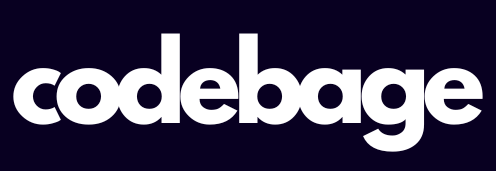Zapier offers multiple pricing plans, starting with a free tier for basic automation and scaling up to premium options for advanced workflows. Paid plans (Starter, Professional, Team, and Company) provide more tasks, multi-step Zaps, and collaboration features. Pricing ranges from 19.99/month to 19.99/month to 599/month, catering to individuals, small teams, and enterprises.
What is Zapier?
Zapier is a tool that connects different apps and automates tasks without any coding. It acts like a bridge between software you already use such as Gmail, Slack, or Trello, so they can work together seamlessly. By setting up automated workflows (called “Zaps”), repetitive tasks are handled in the background, saving time and reducing manual work.
What is the Use of Zapier?
Below are the best use of Zapier…
1.Emails can be automatically saved to Google Drive.
2.New leads from a form can be added to a CRM like Salesforce.
3.Social media posts can be scheduled without manual uploads.
What are the Key Plans & Features of Zapier?
| Plan | Monthly Cost | Key Features | Best For |
|---|---|---|---|
| Free | $0 | 100 tasks/month, single-step Zaps | Personal use, small tasks |
| Starter | $19.99 | 750 tasks/month, multi-step Zaps | Freelancers, small businesses |
| Professional | $49 | 2,000 tasks/month, priority support | Small teams, advanced workflows |
| Team | $299 | 50,000 tasks/month, shared Zaps | Medium teams, collaboration |
| Company | $599 | 100,000+ tasks/month, enhanced security | Large organizations |
What are the Zapier Alternatives?
Workato
Best for enterprises needing complex automation and data security.
MuleSoft
Ideal for large-scale API-driven integrations (requires technical expertise).
Airtable
Combines databases with limited automation—great for visual project management.
n8n
Open-source alternative for developers who prefer self-hosted solutions.
UiPath
Specializes in robotic process automation (RPA) for repetitive tasks.
Pipedream
Developer-focused with API-friendly workflows and a free tier.
Zapier vs Alternatives
Zapier vs Workato
- Zapier: Simpler, cheaper ($19.99+/month), 5,000+ app integrations.
- Workato: Enterprise-grade, custom pricing, advanced data handling.
Zapier vs MuleSoft
- Zapier: User-friendly for SMBs.
- MuleSoft: API-heavy, suited for IT teams.
Zapier vs n8n
- Zapier: Cloud-based, no-code.
- n8n: Self-hosted, code-friendly, free/open-source.
How to Use Zapier?
- Sign Up: A free account is created on Zapier’s website.
- Choose Apps: The apps to be connected (e.g., Gmail and Slack) are selected.
- Set Triggers & Actions
- Test & Activate: The Zap is tested to ensure it works, then turned on.
FAQs
Zapier chatbots pricing?
There is one Basic Plan which is Free, advance plan may start with $20/month
Is Zapier free?
Yes, but the basic Plan
What is Zapier tables?
Zapier Tables are simple spreadsheets that store data with text, dates, dropdowns, and buttons to trigger Zaps. They keep information organized and automate tasks without any manual work.
